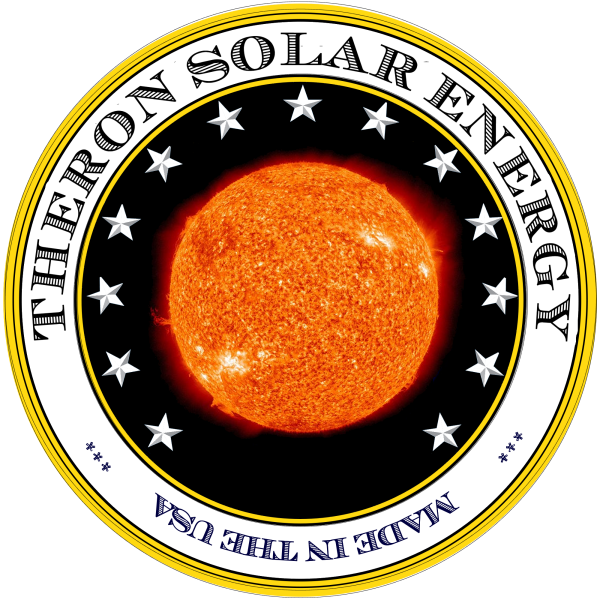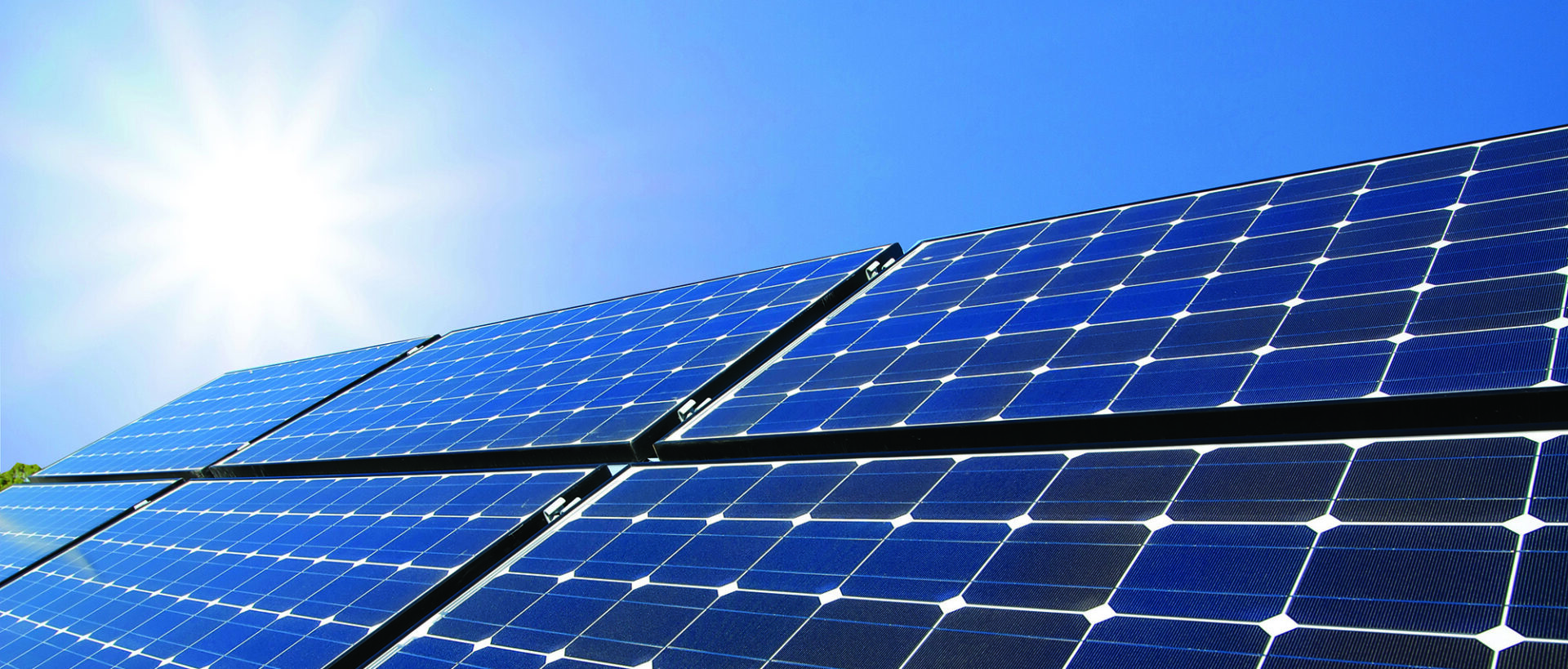TYPES OF SOLAR PANELS
Silicon (Si) is the most common material in solar cells, which are a key component of solar panels. There are different types of solar panels made from silicon, each of which have different advantages and disadvantages. There are also some emerging solar cell technologies that use additional techniques or materials.
SILICON TYPES OF SOLAR PANELS SUMMARY
| Silicon Cell Type | Efficiency | Key Advantages | Key Disadvantages |
| Monocrystalline | 15%-24% | Most efficient, durable, proven, aesthetically pleasing | Highest cost |
| Polycrystalline | 12%-16% | Lower cost, improving efficiencies | Lower efficiency, poorer aesthetics |
| Thin film | 7%-13% | Low cost, easy to make, best aesthetics | Low efficiency, less proven |
Monocrystalline silicon
- Average efficiency range: 15%-24%
- How it’s made: Wafers are cut from a block of a single crystal of highly pure silicon.
- Appearance: Monocrystalline solar cells have a uniform appearance, and the cells form a distinctive shape – small black squares with notched corners. Solar panels made with these solar cells typically have either a white or black backsheet.
- Features: These panels conduct electricity more efficiently and perform better in high temperatures and shaded conditions, enabling them to generate more solar power than other panels of the same size. That makes them ideal for smaller rooftops. Because this type of technology is the most established, it also has a proven track record of durability. However, these are the most expensive panels and generate more waste in the manufacturing process.
Polycrystalline (or multicrystalline) silicon
- Average efficiency range: 12%-16%
- How it’s made: Fragments from multiple silicon crystals are heated, melted, and pressed together to form a large solar cell.
- Appearance: These solar cells have a multifaceted, non-uniform, gem-like surface and are typically blue in color.
- Features: Polycrystalline solar panels are less efficient but are less expensive. There is less silicon waste in the manufacturing process. These are the most prevalent solar panels globally, primarily due to a production boom in China over the last few years.
Thin film silicon
- Average efficiency range: 7%-13%
- How it’s made: A thin layer of photovoltaic material or combination of materials such as non-crystalline amorphous silicon (a-Si), Cadmium Telluride (CdTe), or copper indium gallium selenide (CIGS) is deposited onto a surface like glass, plastic, or metal.
- Appearance: Thin film silicon panels are generally larger and have a uniform, solid black appearance.
- Features: This is a commercially available but newer technology that makes sense where space is not an issue. Thin film solar panels are low cost, easy to produce, flexible, portable, and lightweight. They are expected to be less durable and to have a shorter lifespan.



OTHER SOLAR CELL TECHNOLOGIES
Multi-junction solar cells are based on the same principles as silicon-based cells, except that they are designed with multiple layers of different semiconductors that can capture more of the light spectrum.
Heterojunction with Intrinsic Thin-layer (HIT)
HIT solar cells, which were invented by Panasonic, use thin intrinsic amorphous silicon layers on the top and bottom surfaces of a crystalline silicon wafer.
Perovskites
Solar cells made from Perovskites, a family of crystals is named for the Russian geologist Lev Perovski, are less stable than silicon but have the potential to achieve similar solar energy efficiency as monocrystalline cells at a lower cost. Although not yet commercially available, this promising technology could soon be applied as a film over existing silicon-based cells to boost the efficiency of standard solar panels. Oxford PV is piloting the production of this technology in Germany, and a good overview of perovskites is available from the Financial Times.

